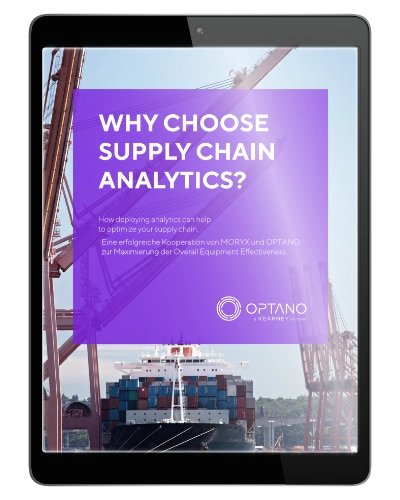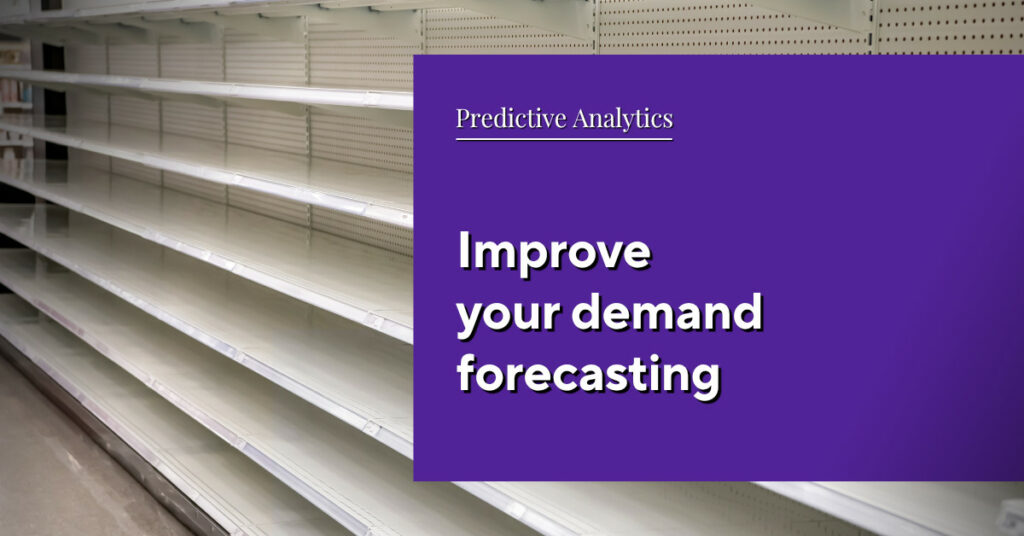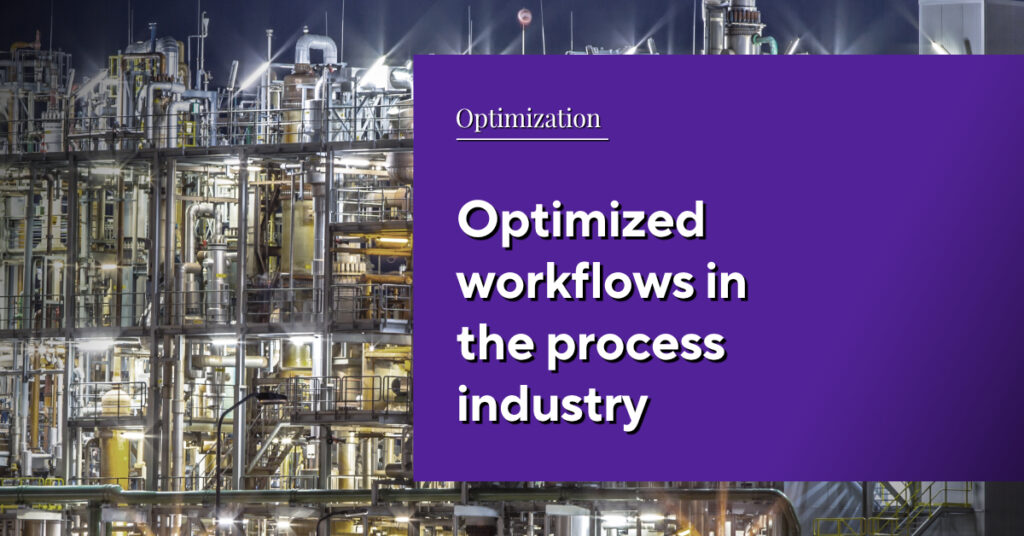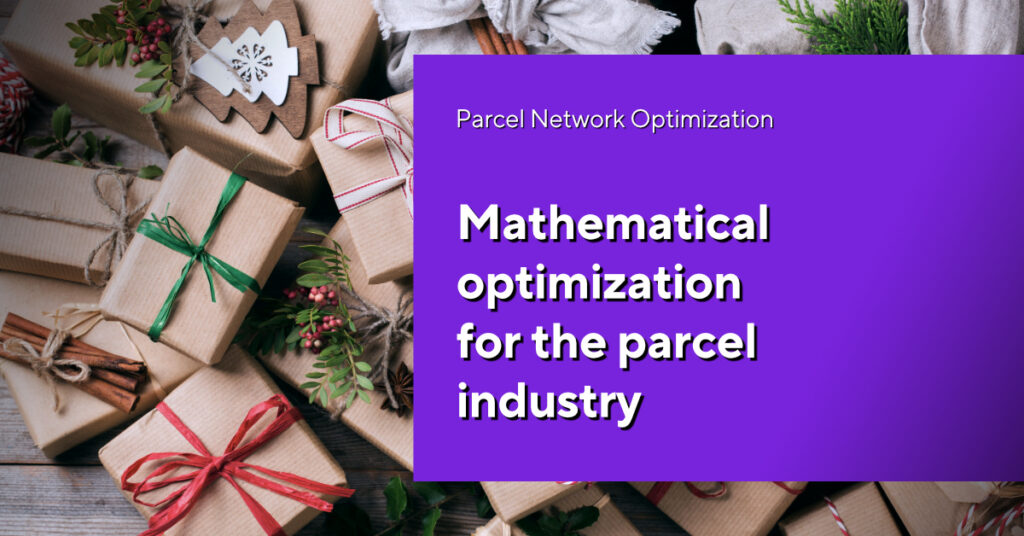Takeaways from the Gartner Supply Chain Symposium
The Gartner Supply Chain Symposium/Xpo may have been over for a while now, but the event left a deep impression on us. For those of you who were unable to attend in Barcelona, we wanted to summarize some of the insights we gained, so we talked to our Managing Director Jens Peter Kempkes about what he took away from the event.
We’ve written a lot about disruptive events and their impact on the supply chain. What impressions and insights did you take away from Barcelona in this regard?

Companies have experienced some unexpected events. Now there is a great willingness to explicitly consider “uncertainty” as an integral part of planning. To do so, they are willing to shed old habits and drive a structural reorganization of their procurement, production, and distribution.
They should view the entire planning effort as a network that needs to be optimized holistically. A clear strategy with formalized processes is just as important as support from intelligent tools that can be used to make data-driven decisions. This enables companies to respond flexibly to changes in supply chain costs, global risks, or changing sustainability requirements just to name a few examples.
You just mentioned the support of intelligent, data-driven tools. What can you tell us about how companies are using these techniques?

In recent years, many companies have implemented data-driven systems to achieve greater visibility and better planning results. However, the results have been mixed. In some cases, the expected benefits in terms of increased resilience and cost efficiency do not outweigh the cost of implementing the systems. In addition, key components are often missing, such as mechanisms to translate demand signals into concrete supply management.
As a result, many managers are rethinking their technology choices. The goal is to find a holistic model that maps all processes and the organization as a whole. Only then can the supporting technology have its full impact.
So we talk too much about technology and not enough about process and strategy?

In any case. Technology is often introduced too early. But if the groundwork is not laid, the technology can never be fully effective. It starts with users understanding the benefits of the system. This is achieved by involving them well in advance and giving them the opportunity to actively shape the process.
Of course, training also plays a crucial role in ensuring that a new system is used as efficiently as possible. It is also important that this process is supported and encouraged by senior management.
If this is not the case, new systems are often not used to their full potential. This is often seen when long-dead applications, such as custom Excel files, are resurrected by individual departments.
It is an all-too-human impulse to fall back on the tried-and-true, like the Excel spreadsheets in the example above. It’s about maintaining control. Against this backdrop, many employees perceive GenAI as a threat. What was the tenor on GenAI at the event?

The hype surrounding AI is also beginning to undergo a reality check. There is a growing realization that a collection of individual, partially overlapping AI MVPs will not generate added value. AI must be fully integrated into the digital operations tech stack to unleash its full potential and contribute to sustainable business value.
If this can be achieved, it can radically simplify the way in which employees are able to access data or initiate processes. One example is voice control. If you grew up watching Star Trek, you may have chuckled at the way the people on the show talked to the computer and never believed that such a non-formalized request to a system could ever produce any meaningful results – today we are well on the way to making this possible.
People need less and less specific system knowledge to do their jobs well and efficiently. This shortens the training period and is certainly a step for companies to counteract the shortage of skilled workers.
In the future, GenAI will therefore tend to empower specialists by providing easier control, while at the same time relieving employees of routine tasks so that they can use their expertise to solve problems for which IT routines are not yet sufficient.
More interesting articles
You mentioned data and access to it. Without any data, a system is worthless. What is most important when dealing with data?

Data is the most important factor in the success of new technologies. Organizations should not only ensure that data is processed and made available, but also that everyone in the organization has access to it.
The discussion in organizations should be less about the data itself, its acquisition and access, and more about the insights and actions that can be derived from it. In other words: “Let the data flow freely so that a data-driven decision support system can reach its full potential!”
Okay, I get it. Data and access to it are critical to success. What else is there?

Cross-functional teams. Successful end-to-end projects require close collaboration between companies and suppliers. This calls for trust and data sharing. Many transformations fail because of silo thinking and protectionism. And, as mentioned earlier, it is not possible without management backing.
Another factor should not be forgotten: “Know your customers. Most companies have mastered the “duty”, i.e. the core tasks. Knowing what other factors provide tangible value to the customer is the “optional extra” with which companies can differentiate themselves – be it additional services or the type of packaging, for instance.
A good example of this at the event was when a medical device company was sent into an operating room to understand what a surgical team needs in the field and what the supply chain can do to make the medical team’s job easier. These are lessons that cannot be learned at the green field in one’s own company.
Thank you Jens for taking the time to talk to us.
Do you already know our factsheet on the topic?
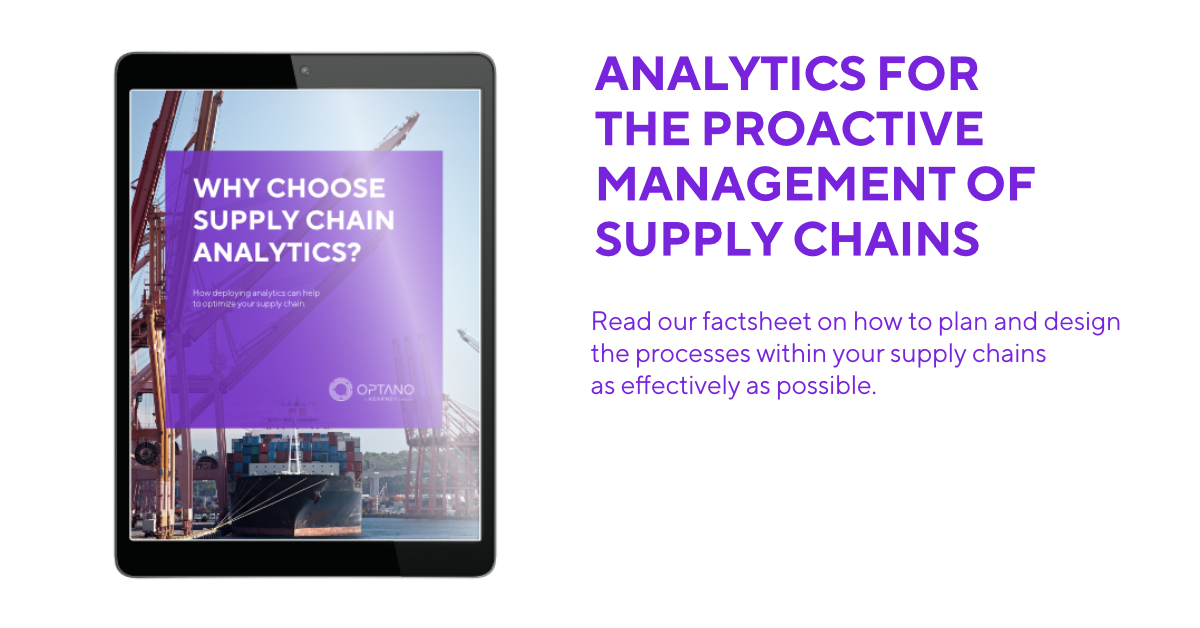
In our factsheet “Why choose supply chain analytics?” we describe the different types of supply chain analytics. You will discover how supply chain analytics works and how it can help to optimize your company’s supply chain.
To obtain our factsheet, all you need to do is enter your contact details in the space below. A pop-up window will then open to download the whitepaper. Please note that by providing us with your email address, you agree that we may contact you on this topic. You may revoke this agreement at any time by contacting privacy@optano.com.

